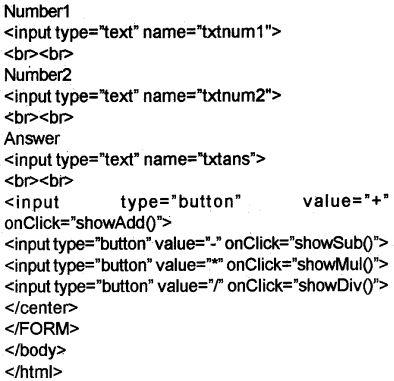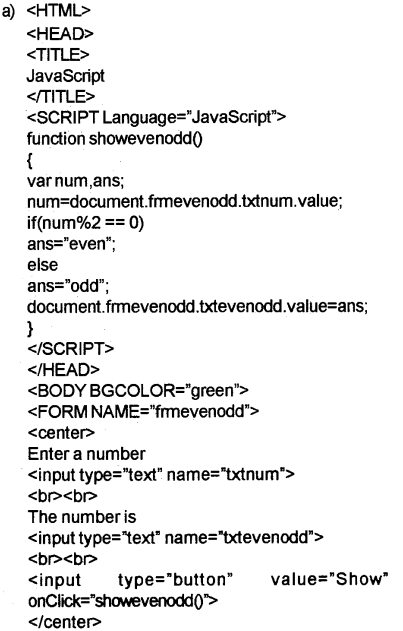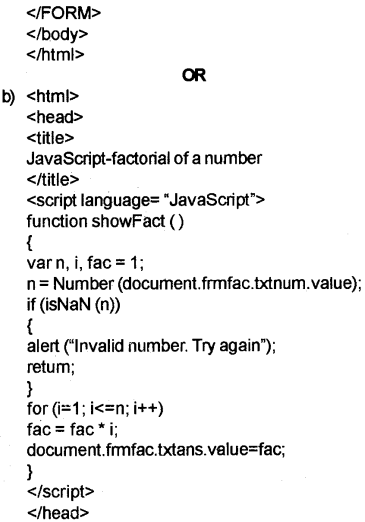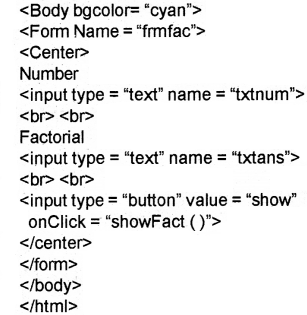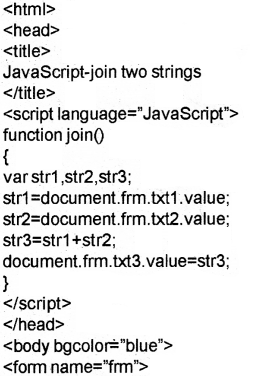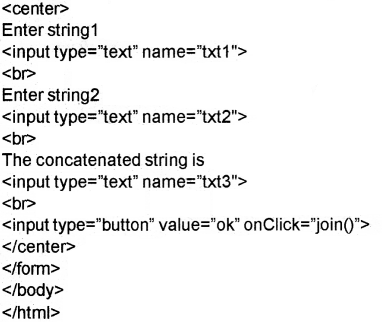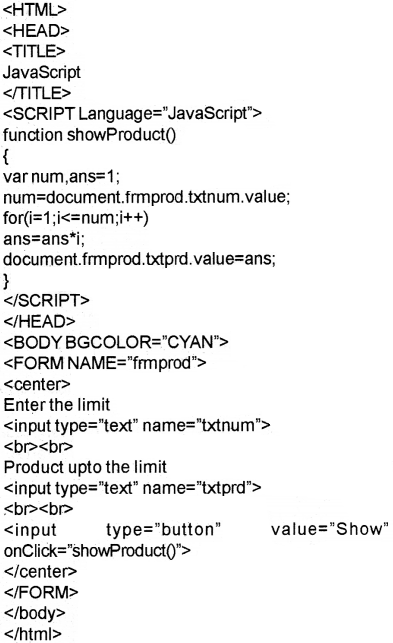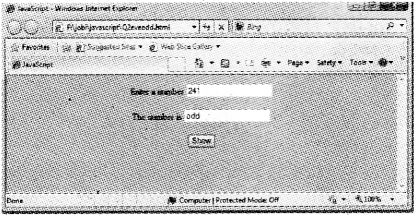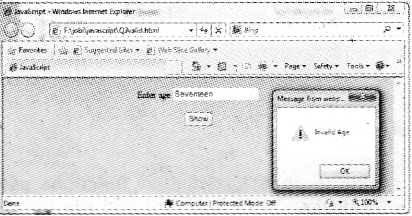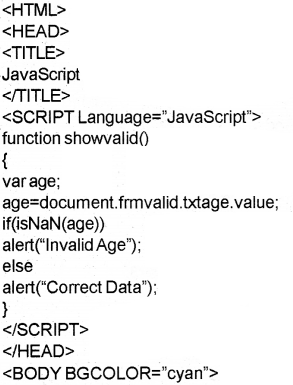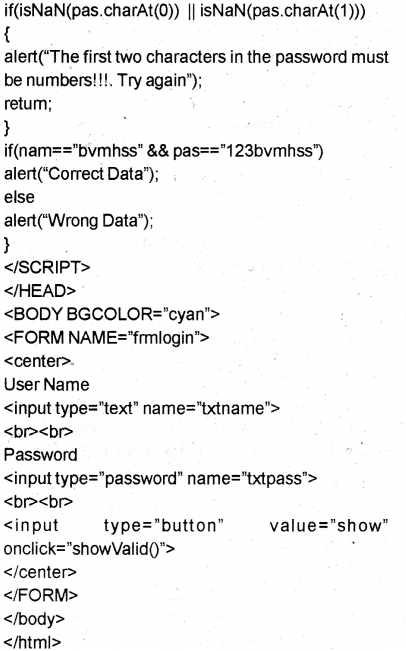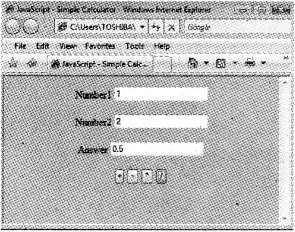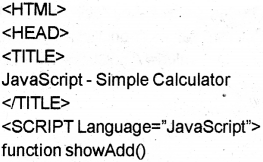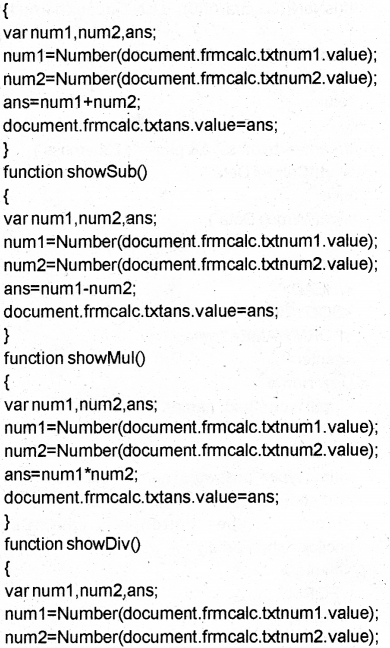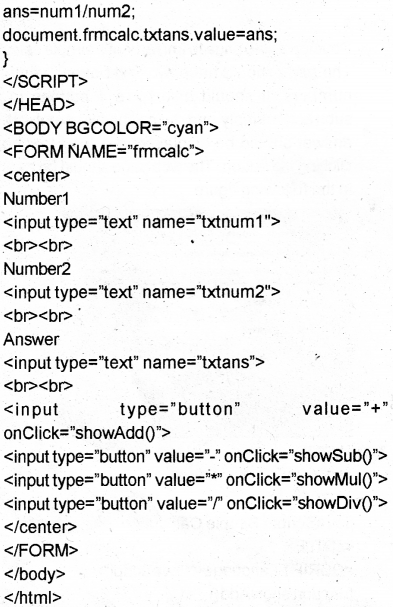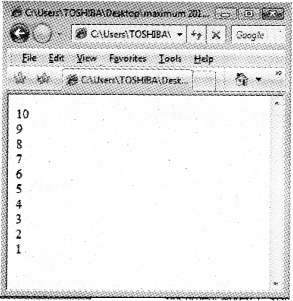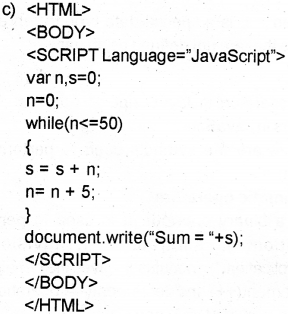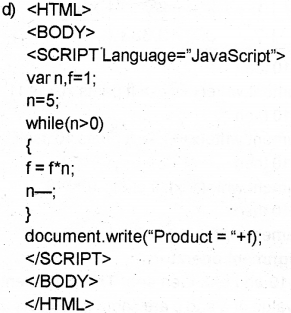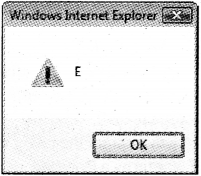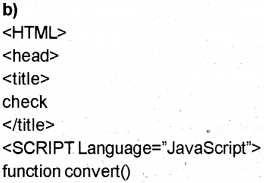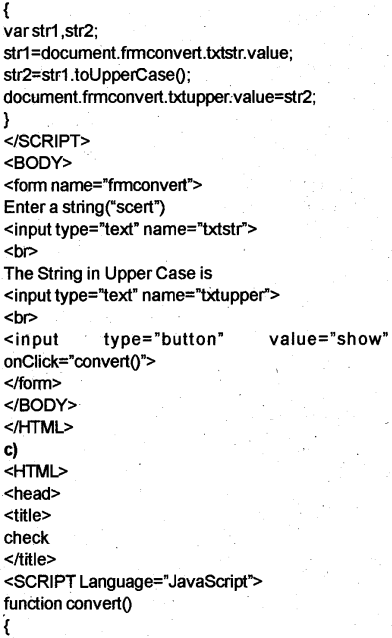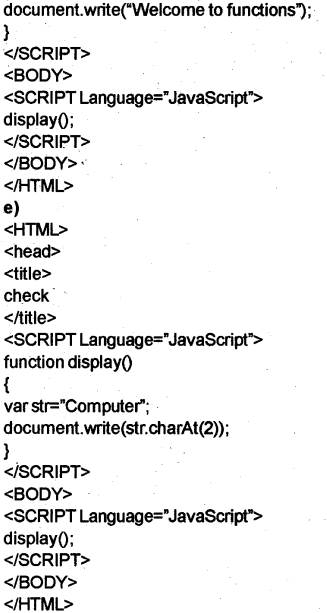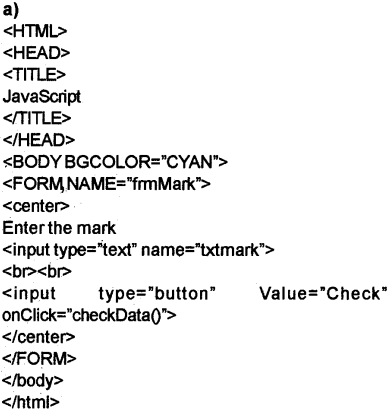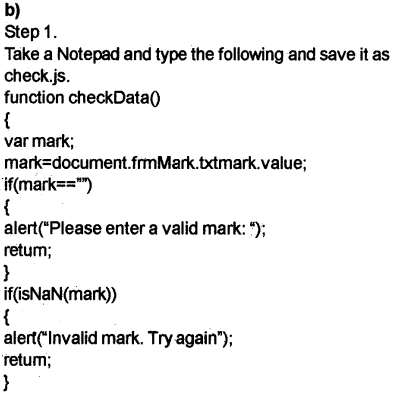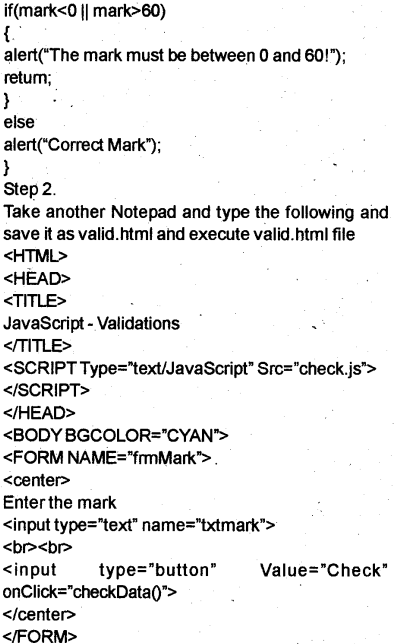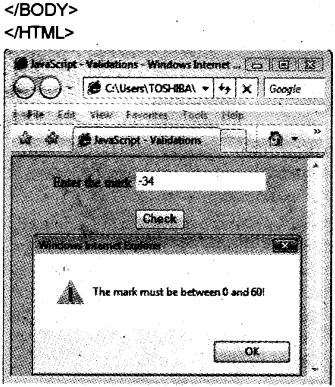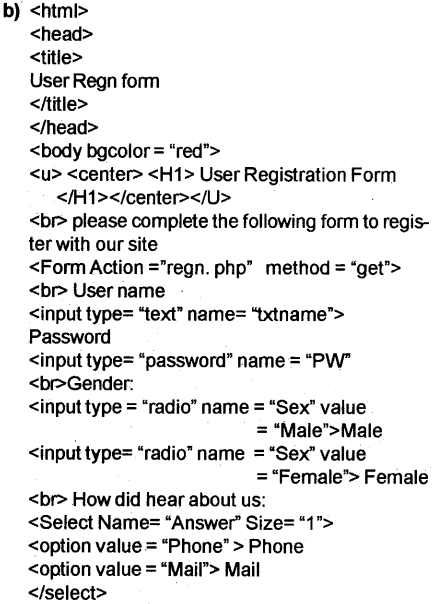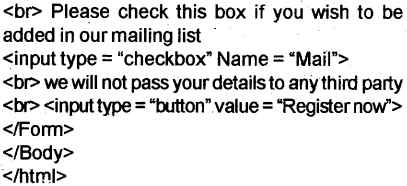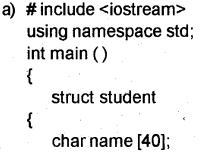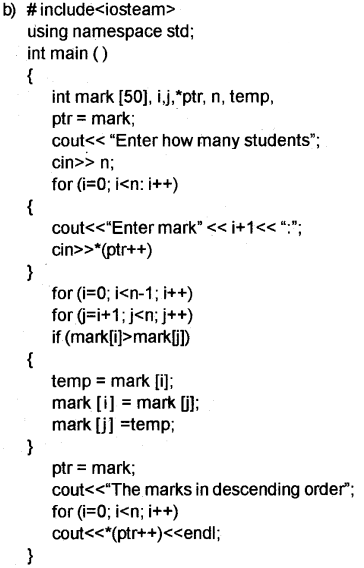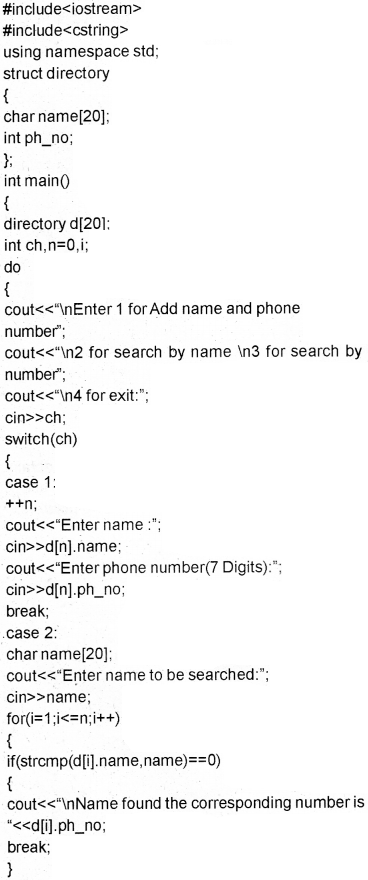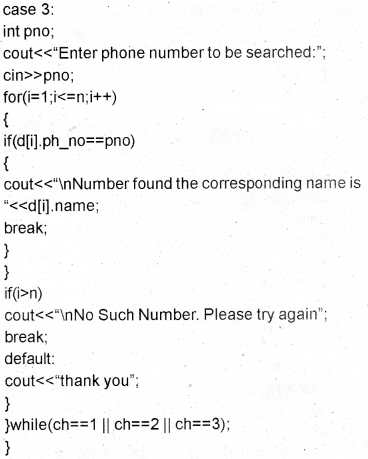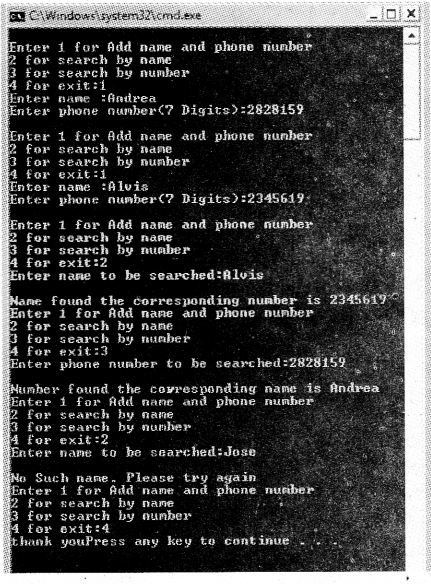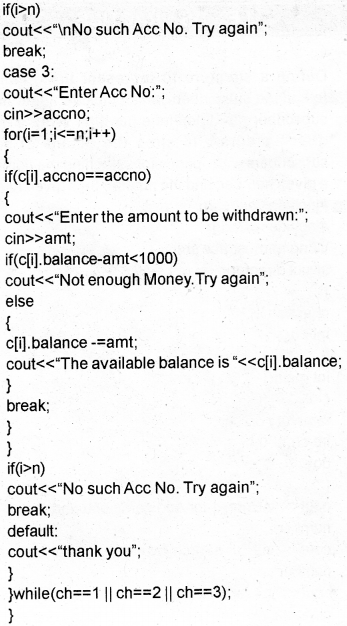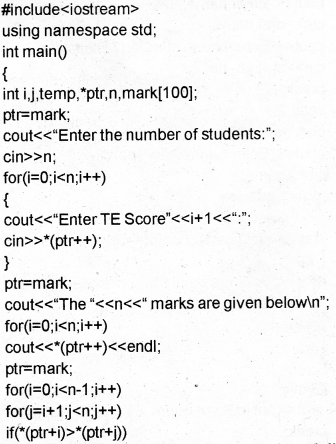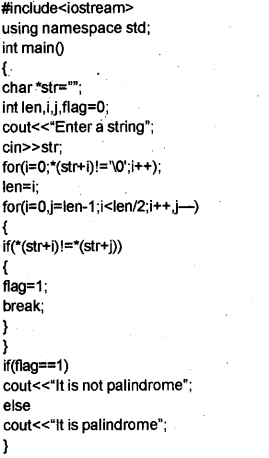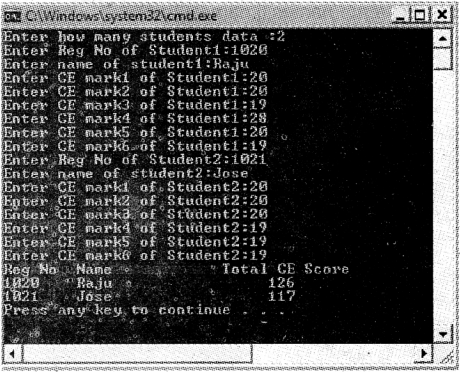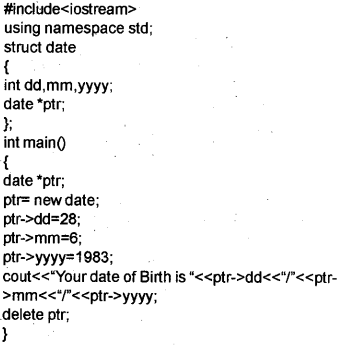Kerala State Board New Syllabus Plus Two Business Studies Notes Chapter 11 Marketing Management.
Kerala Plus Two Business Studies Notes Chapter 11 Marketing Management
Market
It refers to a place where the buyers and sellers meet each other for sale and purchase of the commodity.
Marketing
Marketing may be defined as all activities that are facilitating the movement of goods and services from producer to the ultimate consumer.
Features of Marketing
- Needs and Wants: Marketing focuses on satisfaction of the needs and wants of consumers.
- Creating a Market Offering: It refers to providing complete information about the product and services like name, type, price, size, etc.
- Customer Value: A buyer analyses the cost and the satisfaction that a product provides before buying it. The seller should manufacture the product keeping in view this tendency of the customer.
- Exchange Mechanism: The process of marketing involves exchange of products and services. Exchange is the essence of marketing.
Marketer
Any person, who takes more active role in the exchange process is called marketer.
Marketing Management
It refers to planning, organising, directing and controlling of the activities which facilitate exchange of goods and services between producers and consumers.
Differences between Marketing and Selling
Marketing:
- Marketing is a wider term consisting of number of activities.
- It is concerned with product planning and development.
- It focuses on maximum satisfaction of the customer.
- It aims at profits through consumer satisfaction.
- Marketing begins before actual production.
- It is customer oriented. Customer is important.
- The principle of “let the seller beware” is followed.
Selling:
- It is a narrow concept.
- It is concerned with sale of goods already produced.
- It focuses on the maximum satisfaction of the sellers through the exchange of products.
- It aims at maximum profit through maximisation of sales.
- Selling takes place after the production.
- It is product oriented. Product is more important.
- The principle of “let the buyer” beware is followed.
Marketing Concepts
1) The Production Concept: This concept believed that profits could be maximised by producing at large scale, thereby reducing the cost of production. Here greater emphasis was given on improving the production and distribution.
2) The Product Concept: According to this concept quality of the product is more important than quantity. Product improvement became the key to profit maximisation of a firm, under the concept of product orientation.
3) The Selling Concept: This concept focuses on the sale of products through aggressive selling and promotional techniques to persuade the buyers to buy the products,
4) The Marketing Concept: Marketing concept implies that focus on satisfaction of customer’s needs is the key to the success of any organisation in the market. Customer’s satisfaction becomes the focal point of all decision making in the organisation.
5) The Societal Marketing Concept: This concept stresses not only the customer satisfaction but also gives importance to the welfare of the society.
Functions of Marketing
1) Marketing Research: Marketing Research is a process of collecting and analysing market information to identify the needs and wants of the customers.
2) Marketing Planning: Another function of marketing is to develop appropriate marketing plans so that the marketing objectives of the organisation can be achieved.
3) Product Designing and Development: The products are designed and developed according to the needs and wants of the consumers. It requires decision making on various aspects such as the product to be manufactured, its packing, selling price, quality of the product, etc.
4) Standardisation and Grading: Standardisation refers to producing goods of predetermined specifications. Grading is the process of classification of products info different groups, on the basis of quality, size, etc.
5) Packaging and Labelling: Packaging refers to designing and developing the package forthe products. Packaging gives protection to goods. Also it attracts the consumers to buy the product. Labelling refers to designing and developing the label to be put on the package.
6) Branding: A brand is a name, term, sign, symbol, design or some combination of them, used to identify the products of one seller and to differentiate them from those of the competitors.
7) Customer Support Services: An important function of the marketing management is to develop customer support services such as after sales services, handling customer complaints, etc. which provides maximum satisfaction to the customers.
8) Pricing: Price of a product refers to the amount of money which customers have to pay to obtain a product. Price is an important factor affecting the success or failure of a product in the market. Price is fixed after taking into account the cost of production, desired profit, competitor’s price, govt, policy, etc.
9) Promotion: Promotion of products and services involves informing the customers about the firm’s product, its features, etc. and persuading them to purchase these products. It includes Advertising, Personal Selling, Publicity and Sales Promotion.
10) Physical Distribution: It includes decision regarding channels of distribution and physical movement of the product from the production centre to the consumption centre.
11) Transportation: Transportation involves physical movement of goods from one place to another. It removes the hindrance of place and creates time utility.
12) Storage or Warehousing: In order to maintain smooth flow of products in the market, there is a need for proper storage of the products. It stabilizes the prices of products and keep the product without damage until they are sold.
Role/Objectives of Marketing
1) Role in a Firm: Modern marketing emphasises that customer satisfaction is the key to the survival and growth of an organization. A satisfied customer is the most valuable asset of any firm. So product must be designed according to the needs and wants of the consumers, ensure fair distribution and determine an appropriate pricing strategy.
2) Role in the Economy: Marketing plays a significant role in the economic development of a nation. Marketing helps to increase the standard of living of the people by providing quality goods at reasonable prices. Marketing accelerates the economic activity leading to higher incomes, more consumption and increased savings and investment.
Marketing Mix
It refers to the combination of four basic marketing tools (Product, Price, Place and Promotion) that a firm uses to pursue its marketing objectives in a target market.

Elements/4 P’s of Marketing Mix
1) Product: Product means goods or services or ‘anything of value’, which is offered to the market for sale. The important product decisions include deciding about the features, quality, packaging, labelling and branding of the products.
2) Price: Price is the amount of money paid by the customers to pay to obtain the product. In most of the products, price affects the demand of the products. Desired profits, cost of production, competition, demands, etc. must be considered before fixing the price of a product.
3) Place: Place or Physical Distribution includes activities that make firm’s products available to the target customers. Important decision areas in this respect include selection of dealers, storage, warehousing and transportation of goods from the place of production to the place of consumption.
4) Promotion: Promotion includes activities that communicate availability, features, merits, etc. of the products to the target customers and persuade them to buy it. It includes advertising, personal selling, sales promotion and publicity to promote the sale of products.
Product
Product may be defined as anything that can be offered to a market to satisfy a want or need. Products may broadly be classified into two categories.
- Consumers products
- Industrial products
Consumers’ products
Products, which are purchased by the ultimate consumers for satisfying their personal needs and wants are referred to as consumer products.
Consumer products are classified as
a) Shopping efforts involved
b) Durability of products
a) Shopping Efforts Involved: On the basis of the time and effort, buyers are willing to spend in the purchase of a product, we can classify the consumer product into three.
1) Convenience Products: Those consumer products, which are purchased frequently, immediately and with least time and efforts are referred to as convenience goods, e.g. ice creams, medicines, newspaper, stationery items, toothpaste, etc.
2) Shopping Products: Shopping products are those consumer goods, which buyers devote considerable time, to compare the quality, price, style, suitability, etc., at several stores, before making final purchase, e.g. clothes, shoes, jewellery, furniture, etc.
3) Speciality Products: Speciality products are those consumer goods which have certain special features because of which people make special efforts in their purchase. The buyers are willing to spend a lot of time and efforts on the purchase of such products. The demand for these goods is inelastic.
b) Durability of Products: On the basis of their durability, the consumer products have been classified into three. They are:
1) Durable Products: Durable goods are used for a long period. Such goods generally require more personal selling efforts, have high profit margin, and require aftersales service.
e g. refrigerator, car, washing machine, etc.
2) Non-durable Products: The consumer products which are normally consumed in one or few uses are called non-durable products, e.g. toothpaste, detergents, bathing soap and stationery products, etc.
3) Services: Services are essentially intangible activities which provide want or need satisfaction, e.g. Medical treatment, postal, banking and | insurance services, etc.
Industrial Products
Industrial products are those products, which are used as inputs in producing other products. The examples of such products are raw materials, engines, lubricants, machines, tools, etc.
Types of industrial products:
- Materials and Parts: These include goods that enter the manufacture’s products completely.
- Capital Items: These goods are used in the production of finished goods.
- Supplies and Business Services: These are short lasting goods and services that facilitate developing or managing the finished product.
Branding
The process of giving a name or a sign or a symbol, etc. to a product is called branding. Terms related with branding
- Brand: A brand is a name, term, sign, symbol, design or some combination of them, used to identify the products of one seller or group of sellers and to differentiate them from those of the competitors.
- Brand Name: That part of a brand, which can be vocalized i.e., can be spoken is called a brand name, e.g. Asian Paints, Maggie, Lifebuoy, Dunlop, etc.
- Brand Mark: A brand mark is that part of a brand which can be recognized but cannot be vocalized, i.e., non-utterable. It appears in the form of a symbol, design or distinct colour scheme. For example:‘Girl’of Amul.
- Trade Mark: A brand or part of a brand that is given legal protection against its use by other firms is called trade mark. The firm which got its brand registered with the government, gets the exclusive right for its use.-/*
Advantages of Branding
Advantages to the Firm:
- Branding helps a firm in distinguishing its product from that of its competitors.
- It helps in advertising and display Programmes.
- Branding enables a firm to charge competitive price for its products than that charged by its competitors.
- It helps in Introduction of new product in the market.
Advantages to Customers:
- Branding helps the customers in identifying the products.
- Branding ensures a particular level of quality of the product.
- Some brands become status symbols because of their quality. It creates a feeling of proud and satisfaction in the consumers.
Qualities of a Good Brand Name
- The brand name should be short, easy to pronounce, spell, recognise and remember.
- A brand should suggest the product’s benefits and qualities.
- A brand name should be distinctive.
- Brand name should be adaptable to packing or labelling requirements, to different advertising media and to different languages.
- The brand name should be sufficiently versatile to accommodate new products.
- It should be capable of being registered and protected legally.
Packaging
Packaging refers to the act of designing and producing the container or wrapper of a product. Packaging plays a very important role in the marketing success or failure of products.
Levels of Packaging:
- Primary Package: It refers to the product’s immediate container, e.g. toothpaste tube, match box, etc.
- Secondary, Packaging: It refers to additional layers of protection that are kept till the product is ready for use.
- Transportation Packaging: It refers to further packaging components necessary for storage, identification or transportation.
Functions of Packaging:
- Packaging helps in identification of the products.
- Packaging protects the product from spoilage, breakage, leakage, etc.
- It facilitates easy transfer of goods to customers.
- Packaging provides convenience in the storage of the product.
- It attracts the consumers to purchase the product.
Labelling
Labelling means putting identification marks on the package. It is a simple tag attached to the product.
Functions of Labelling:
- It describes the product, its usage, cautions in use, etc. and specify its contents.
- It helps in identifying the product.
- It helps grading the products into different categories.
- It helps in promotion of products.
- It provides information required by law.
Pricing
Price may be defined as the amount of money paid by a buyer in consideration of the purchase of a product or a service.
Factors Affecting Price Determination:
1) Product Cost: One of the most important factors affecting price of a product or service is its cost of production and distribution. Fixed Costs, Variable Costs and Semi- Variable Costs are to be considered for determining the price.
2) Demand: The price of a product is affected by the elasticity of demand of the product. If the demand of a product is inelastic, the firm is in a better position to fix higher prices.
3) Competition: Competitors’ prices and their anticipated reactions must be considered before fixing the price of a product. In case of high competition, it is desirable to keep price low.
4) Government and Legal Regulations: In order to protect the interest of public against unfair practices, prices of some essential products are regulated by the government under the Essential Commodities Act., e.g. Medicines.
5) Pricing Objectives: Another important factor affecting the fixation of price of a product is pricing objectives, e.g. maximisation of profit, market share, etc.
Place (Physical Distribution)
The third element of marketing mix is physical distribution of products and services. In order to ensure availability of products at the right place, two factors require consideration.
- Channels of distribution
- Physical distribution
Channels of Distribution
A channel of distribution refers to the pathway used by the manufacturer for transfer of the ownership of goods and its physical transfer to the consumers.
Types of Channels:
- Direct channel (Zero level): Producer → Consumer
- One level channel: Producer → Retailer → Consumer
- Two level channel: Producer → Wholesaler → Retailer → Consumer
- Three level channel: Producer → Agent → Wholesaler → Retailer → Consumer
Physical Distribution
Physical distribution covers all the activities required to physically move goods from manufacturers to the customers.
Components of Physical Distribution
- Order Processing
- Transportation
- Warehousing
- Inventory Control
Promotion Mix
Promotion mix refers to combination of promotional tools such as Advertising, Personal Selling, Sales Promotion, and Publicity used by an organisation to achieve its communication objectives.

Advertising
Advertising may be defined as “any paid form of non-personal presentation and promotion of ideas, goods or service of an identified sponsor”.
Merits of Advertising:
1. Advantages to Manufacturers and Traders
- Advertising helps in introducing new products.
- It stimulates the consumers to purchase the new products.
- Advertisement helps to increase the sales of new and existing products.
- It helps to increase the goodwill of the firm.
- It helps to face the competition in the market.
- It increases profit of the firm through large sales.
2. Advantages to Consumers:
- It helps the consumers to know about the various products and their prices.
- Consumers can purchase the better products easily.
- It helps in maintaining high standard of living.
- It educates the consumers about the various uses of products.
3. Advantages to the Society:
- Advertisement helps to create more employment opportunities.
- It provides an important source of income to the press, radio, T.V., etc.
- It is a source of encouragement to artists.
- It plays an important role in economic development of the country.
- It reduces number of middlemen and consumers get quality products at lower cost.
Disadvantages/Objections to Advertising
- Advertisement encourages consumers to buy unwanted goods.
- Most of the advertisements are misleading.
- Advertisement may lead to monopoly of a brand.
- Advertisement is a costly affair. So, ultimately it increases the price of the product.
- Advertisement persuades people to purchase even the inferior products.
- It undermines social and ethical values.
Personal Selling
Personal selling involves face to face contact between the seller and prospective customer with an intension of selling some products. It is a personal form of communication.
Features of Personal Selling:
- It is a direct presentation of the product to the consumers.
- Develop personal relationships with the prospective customers.
- The sales presentation can be adjusted according to the specific needs of the individual customers.
- It is possible to take a direct feedback from the customer.
Role of Personal Selling:
1) Importance to Businessmen:
- It helps in influencing the prospects about the merits of a product and thereby increasing its sale.
- Personal selling helps to develop lasting relationship between the sales persons and the customers.
- Personal selling plays very important role in the introduction stage of a new product.
- Personal selling increases the competitive strength of a business organisation.
2) Importance to Customers:
- Personal selling helps the customers in identifying their needs and wants.
- Customers get latest market information.
- Customers get expert advice and guidance in purchasing various goods and services.
- Personal selling induces customers to purchase new products.
3) Importance to Society:
- Personal selling offers greater employment opportunities.
- Personal selling provides attractive career with greater opportunities.
- Personal selling increases product standardisation and uniformity in consumption pattern.
Sales Promotion
It refers to those marketing activities other than personal selling, advertising and publicity that stimulate short term sales. Sales promotion activities include offering cash discounts, sales contests, free gift offers, and free sample distribution, etc.
Merits of Sales Promotion:
- Sales promotion activities attract attention of the people.
- Sales promotion tools can be very effective at the time of introduction of a new product in the market.
- Sales promotion helps to increase sales.
- It creates new customers and retains existing customers.
- Consumers can purchase quality products at low cost.
Limitations of Sales Promotion:
- If a firm frequently relys on sales promotion, it creates doubts in the minds of consumers about the quality of the product.
- Use of sales promotion tools may affect the image of a product.
- It is a short term incentive.
Techniques of Sales Promotion:
- Rebate : Offering products at special prices, to clear off excess inventory.
- Discount: Offering products at less than maximum retail price.
- Refund: The seller offers to refund a part of the price paid by the customer on production of some proof of purchase.
- Free gifts: Offering another product as gift along with the purchase of a product.
- Quantity Gift: Offering extra quantity of the product.
- Contests: Prize contests are organized for the consumers and winners are given attractive prizes.
- Money refund: There are certain manufacturers who promise to refund the price of the product, if it does not satisfy the consumer.
- Samples: Offer of free samples of a product to customers at the time of introduction of a new product.
Publicity
Publicity is a non-paid form of non personal communication. The tools of publicity are press conference, publication and news in the electronic media, etc. It is published or broadcasted without charging any money from the firm.
Features of Publicity:
- Publicity is an unpaid form of communication.
- There is no identified sponsor for the communication
Difference between Personal Selling and Advertising
Advertising:
- It is an impersonal form of communication.
- It is inflexible.
- Same message is sent to all the customers in a market segment.
- Advertising lacks direct feedback.
- The cost per person is very low.
Personal Selling:
- It is a personal form of communication.
- It is highly flexible.
- The sales talk is adjusted according to the customer’s background and needs.
- Personal selling provides direct and immediate feedback.
- The cost per person is very high.


